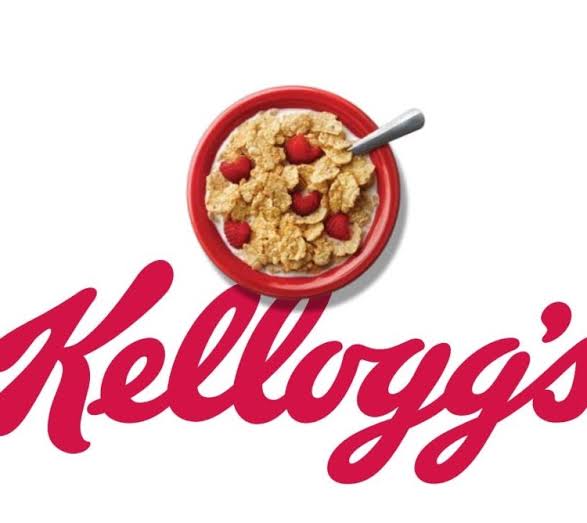1. CORN FLAKES

The two Kellogg brothers, Dr. John Harvey Kellogg and his younger brother Will Keith Kellogg worked at Battle Creek Sanitarium in Michigan, USA, where John was physician-in-chief.
Both were strict Seventh-Day Adventists, who used their work at the sanitarium to promote the austere dietary and moralist principles of their religion (including strict vegetarianism and a lifelong restraint from excessive s*x and alcohol) and to carry out research into nutrition, and the impact of diet on their patients.
It was during one of these experiments in 1894 that, while in the process of making dough from boiled wheat, one of the Kelloggs left the mash to dry for too long and when it came to be rolled out, it splintered into dozens of individual flakes.
Curious as to what these flakes tasted, he baked them in the oven and in the process, produced a cereal called Granose. Some later tinkering switched out the wheat for corn, and gave us corn flakes.
2. SACCHARIN

In 1878 or ’79, Constantin Fahlberg, a chemist studying the properties of oxidized coal tar at Johns Hopkins University in Baltimore, Maryland, USA, discovered while eating his meal one evening that food he picked up with this fingers tasted sweeter than normal.
He traced the sweetening effect back to the chemical he had been working with that day (orthosulfobenzoic acidimide, no less) and, noting its potential, quickly set up a business mass producing his sweetener under the name Saccharin.
Although quickly popular, it would take the sugar shortages of two World Wars to make the discovery truly universal.
3. SAFETY GLASS

Safety glass was accidentally discovered by the French chemist Edouard Benedictus when he knocked a glass beaker from a high shelf in his laboratory and found, to his surprise, that it shattered but did not break.
His assistant informed him that the beaker had contained cellulose nitrate, a type of clear natural plastic, that had left a film on the inside of the glass.
He filed a patent for his discovery in 1909, and it has been in production ever since.
4. TEFLON

Polytetrafluoroethylene, better known as PTFE, or Teflon was invented by accident at a DuPont laboratory in New Jersey, USA in 1938.
Roy Plunkett, a chemist, was attempting to make a refrigerant when he noticed that a canister of tetrafluoroethylene, despite appearing to be empty, weighed as much as if it were full. Cutting the canister open with a saw, Plunkett found that the gas had reacted with the iron in the canister’s shell and had coated its insides with polymerized polytetrafluoroethylene, a waxy, water-repellent, non-stick substance.
Du Pont soon saw the potential of Plunkett’s discovery and began mass-producing PTFE, but it wasn’t until 1954 when the wife of French engineer Marc Grégoire asked her husband to use the same substance to coat her cookware to stop food sticking to her pans, that the true usefulness of Plunkett’s discovery was finally realized.
5. SLINKY

In 1943, a naval engineer named Richard T. James was working at a shipyard in Philadelphia, USA when he accidentally knocked a spring from a high shelf.
To his surprise, the spring neatly uncoiled itself and stepped its way down from the shelf and onto a pile of books, and from there onto a tabletop, and then onto the floor.
After two years of development, the first batch of 400 “Slinky” toys sold out in just 90 minutes when they were demonstrated in the toy department of a local Gimbels store in 1945.
6. POST-IT NOTES

In 1968, a chemist named Dr. Spencer Silver was attempting to create a super-strong adhesive when instead he accidentally invented a super-weak adhesive, which could be used to only temporarily stick things together. The seemingly limited application of Silver’s product meant that it sat unused for another five years, until, in 1973, a colleague named Art Fry attended one of Silver’s seminars and struck upon the idea that his impermanent glue could be used to stick bookmarks into the pages of his hymnbook.
It took another few years for both of Fry and Silver to convince their employers of the idea, but eventually they came up with a unique design that worked perfectly: a thin film of Spencer’s adhesive was applied along just one edge of a piece of paper.
After a failed test-market push in 1977 as Press ’N Peel, the product went national as the Post-It note in 1980.
7. POPSICLES

The first popsicle was reportedly invented by 11-year-old Frank Epperson in 1905, when he accidentally left a container of powdered soda and water, with its mixing stick still inside, on his porch overnight.
One unexpectedly cold night later, and the popsicle was born.